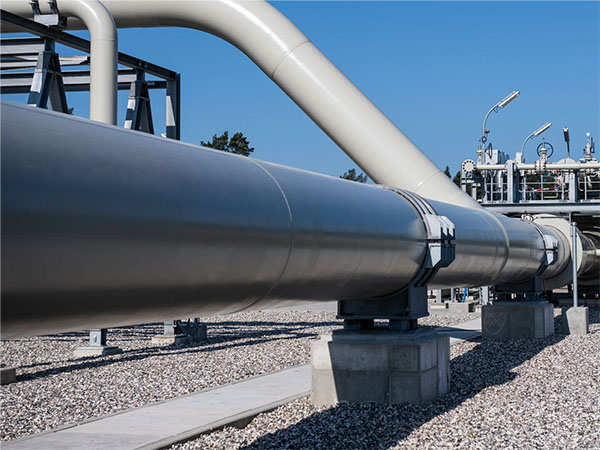As an important energy transmission system, the safe operation of natural gas pipeline is directly related to the security of economy and personnel. Natural gas pipeline faces many risks during construction and operation, so it is very important to take effective preventive measures. The following details the main risk factors of natural gas pipelines and corresponding preventive measures.

Major risk factors
1. Corrosion
External corrosion: The exterior of the pipe is susceptible to erosion by soil, moisture and chemicals. If the pipeline is exposed to a humid and corrosive environment for a long time, the outer wall of the pipeline is prone to oxidation, resulting in thinning of the pipe body and increasing cracks.
Internal corrosion: When transporting natural gas, the natural gas may contain trace moisture and sulfide, which forms corrosion inside the pipeline, especially in areas with large temperature and pressure fluctuations.
2. Aging of materials
Due to long-term work and high pressure environment, pipeline materials will have fatigue, micro-cracks, hydrogen embrittlement and other phenomena. In the early stage of steel pipe manufacturing, steel pipe defects may be caused by material defects and non-standard welding and heat treatment processes, thus affecting the subsequent use.
3. External forces and shocks
External construction, ground traffic, natural disasters (such as earthquakes, etc.) may cause impact or damage to the pipeline, resulting in leakage or even explosion.
4. Improper design and construction
Design parameters, size calculation, stress distribution and other problems, such as insufficient design margin, stress concentration phenomenon, will increase the risk of pipeline rupture.
Non-standard operation during construction may also lead to inadequate pipeline installation or poor sealing.
Preventive measures
1. Strict material selection
Design according to international and domestic standards (such as API 5L, ASTM, etc.) to ensure that the design pressure, temperature and safety factor meet the requirements of the working condition.
The selection of high-quality
seamless or low-alloy steel pipes ensures that the material has good corrosion resistance, high temperature resistance and fatigue resistance.
2. Improve corrosion protection measures
Anticorrosive
coating is applied on the outside of the pipeline and cathodic protection technology is adopted to effectively block the erosion of soil and water on the pipeline.
Internal corrosion inhibitor or lining technology can be added to prevent internal corrosion caused by the transport medium.
3. Regular testing and monitoring
Establish a perfect monitoring system for real-time monitoring of pipeline pressure, temperature, flow and corrosion status.
Non-destructive testing techniques such as ultrasonic, eddy current, magnetic powder and radiation are regularly used to detect internal defects, cracks and wall thickness changes in pipelines to ensure timely detection of problems and maintenance.
Conclusion
The risk management of natural gas pipeline is a systematic project, which needs to be implemented from design, material selection, construction, testing, operation and emergency plan. Only through strict standard implementation, comprehensive protective measures and efficient monitoring system can we ensure the safe and stable operation of natural gas pipelines under high pressure, high temperature and complex working conditions, and provide a solid guarantee for energy transmission.
